How to Choose the Right Tire for Your ATV

When choosing the right tire for your ATV (All-Terrain Vehicle), several crucial factors need to be considered to ensure optimal performance, safety, and durability. Just like when buying tires for your hauler or a daily driver, different tires work better in distinct circumstances, and picking the right one for a particular application can make a huge impact on how the vehicle performs. Let’s explore what to pay attention to when looking for tires for your quad (or three-wheeler if you’re old-school).
Terrain Type
First and foremost, consider the type of terrain you will be riding on most frequently. Different tires are designed for specific terrain such as mud, sand, rocky trails, or hard-packed surfaces. Mud tires, for instance, feature deep, aggressive treads providing excellent traction in soft, muddy conditions, whereas sand tires are designed with a paddle-like pattern to prevent sinking and improve flotation. A pendulum through the extremes, you'll find studded tires for ice use on one end of the spectrum and slick tires for racing or turf tires (preventing grass damage) on the opposite side.
Tread Pattern and Depth
Tire type is crucial for recreational ATV use, particularly regarding the tread pattern and depth. For mixed-use or trail riding, a more moderate design might be preferable, offering a balance between off-road traction and on-road comfort. Think of this as an all-terrain tire – a jack-of-all-trades and master of none. These tires perform well on rocks, hard and loose-packed dirt, in moderate snow and mud, and so on. Realistically, this is the right choice for most use cases and what most machines are equipped with from the factory.
Conversely, aggressive arrangements with deep lugs are beneficial for more extreme off-road conditions, providing enhanced grip and stability. Those over-the-top, almost cartoonish tires you see on purpose-built machines with snorkels and enormous lift kits aren’t just for show; the steep grooves help provide crucial traction in circumstances of which there tends to be very little.
Sizing and Fitment
Tire size is another important consideration. Ensure the tires are compatible with your ATV’s wheel specifications, including the rim dimensions and bolt pattern. Incorrect sizing can lead to poor handling, reduced stability, and potential damage to the ATV. I’ve experienced detriments from the last of these three concerns on a long-departed Polaris Scrambler 850 which I owned many moons ago. The oversized tires installed by the machine’s previous owner had eventually rubbed their way through the fenders because there wasn’t enough room for the rubber to clear the wheel well. It’s an easy and, unfortunately, costly oversight.
Construction
Tire construction, either bias-ply or radial, also affects the ATV's handling characteristics. Bias-ply tires are typically more durable and resistant to punctures, making them suitable for rough, rocky landscapes. These aren't too common these days, but they can still be found for those who want the old-school experience. Radial tires, on the other hand, offer a smoother ride and better traction at higher speeds, making them ideal for most uses, and they don't flat-spot as easily, either. It’s unlikely you’ll have to make this choice when browsing the latest catalogs from a manufacturer, but when buying secondhand, it’s a characteristic to be aware of, nonetheless.
Ply Rating and Load Rating
Additionally, the tire's ply rating, which indicates the number of layers of rubber-coated fabric in the tire, is vital for understanding its strength and durability. A higher ply rating typically means a tougher tire which is more resistant to punctures and damage, but it can also result in a stiffer ride. In conjunction, pay attention to the load rating, as it indicates the maximum weight the tire can safely carry. Overloading your tires can cause premature wear or even catastrophic failure. This matters more for work use, but it can still be a critical aspect in loading up a machine for overlanding.
Researching Resources and Reviews
Finally, consider the brand reputation and reviews from other ATV enthusiasts. Reputable brands are often more reliable and offer better customer support and warranty options. Reading reviews and seeking recommendations can provide valuable insights into the tire’s performance and longevity. Additionally, widely known and more popular brands tend to be easier to find replacements for should you need to buy one when on an adventure.
Cost Considerations
You might notice that we’ve omitted price as a factor here. This isn’t because the cost of a given tire isn’t important, as it always is, but people tend to have widely different thresholds for what they can and are willing to spend on their ATV’s tires. Spend what you’re comfortable investing in this product (considering all of the above factors), and it will be hard to make a bad choice in today’s market of excellent options at every price point.
In the End…
While the process of updating or preparing your rig for work or pleasure can be daunting, choosing a tire, with these basic concepts in mind, should be a breeze.When searching for the right ATV tire for your needs, just remember the terrain type, tire size, load rating, construction type, tread pattern, ply rating, and brand reputation. Easy and efficient! Balancing these factors will help you select a brand and model which enhances your off-road vehicle's performance, safety, and longevity.

Ross hosts The Off the Road Again Podcast. He has been in the off-road world since he was a kid riding in the back of his dad’s YJ Wrangler. He works in marketing by day and in his free time contributes to Hooniverse, AutoGuide, and ATV.com, and in the past has contributed to UTV Driver, ATV Rider, and Everyday Driver. Ross drives a 2018 Lexus GX460 that is an ongoing build project featured on multiple websites and the podcast and spends his free time working on and riding ATVs.
More by Ross Ballot
















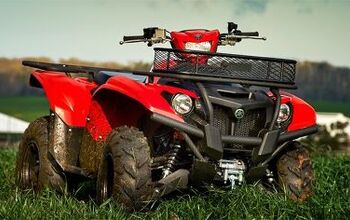



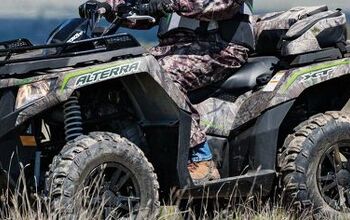

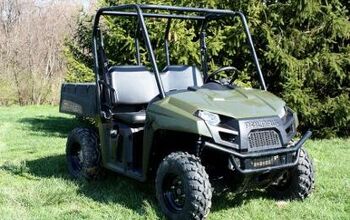
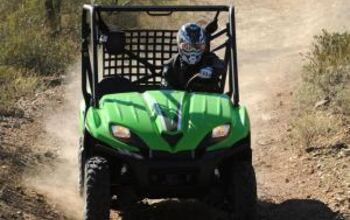

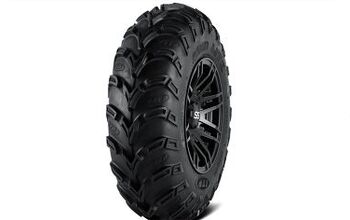
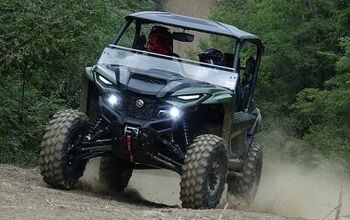

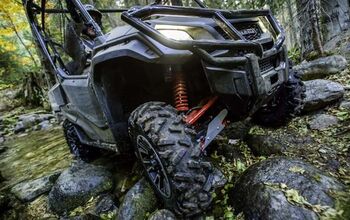



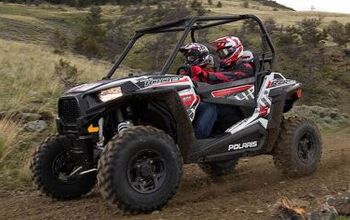
Comments
Join the conversation